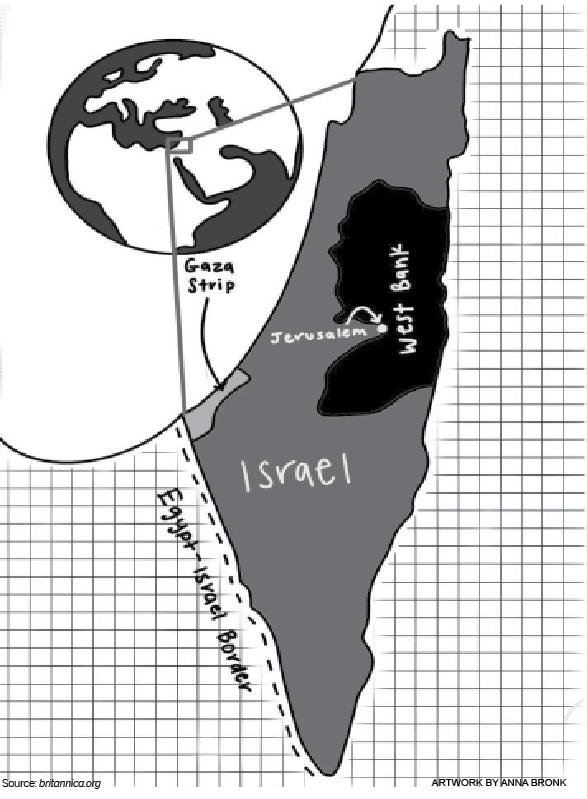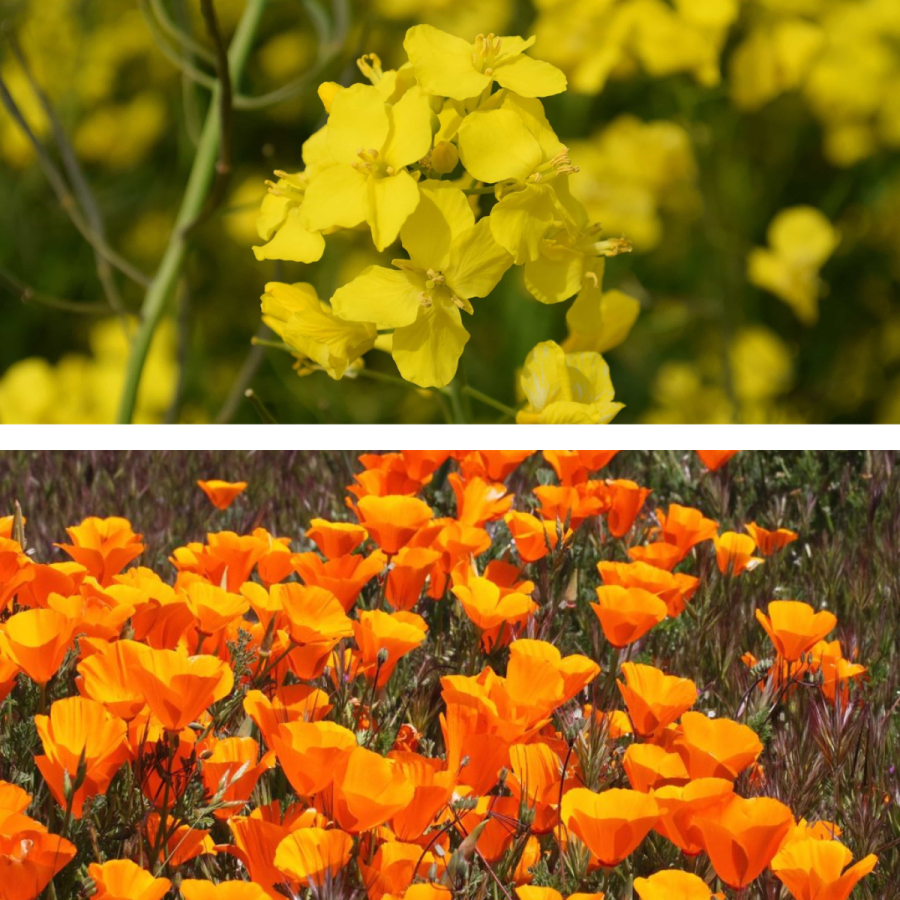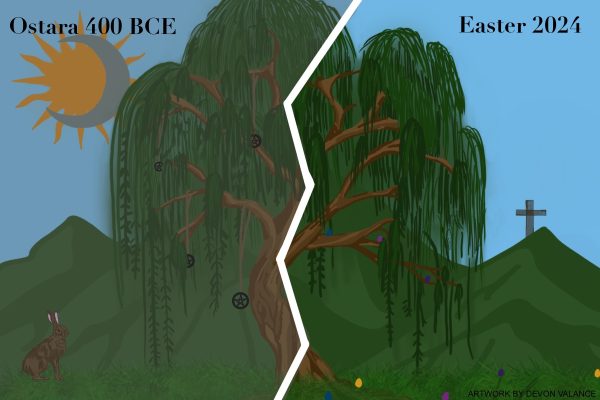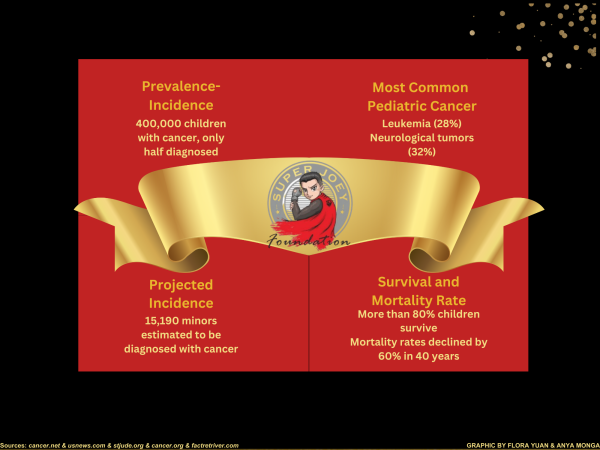Native plants contribute to prospering environment
PLANT POWER: Poppies, the California state flower, blooms from April to June. The native plant tends to thrive in mild humidity and warm temperatures. Similar to poppies, mustard weed can be spotted throughout California, but its effects are detrimental. This invasive plant inhibits the growth of many native plant species
Over many centuries, urbanization has pushed native wildlife out and brought invasive plants in, permanently damaging the environment.
This issue can also be seen with California’s wildlife. For example, eucalyptus was brought here from another continent where they have adapted to California’s climate, but not to the biological environment.
“[Eucalyptus trees] are a really great example of a Mediterranean plant that we have a lot of [in California],” said Cal Poly Pomona Lecturer Steve Sandifer. “They are adapted to the climate here, but they are not adapted to the biological environment. What it gets down to is people don’t like bugs, so many people, if they have the choice between a plant that will attract insects and one that doesn’t, they go for the one that doesn’t.”
Many people may think bugs and pests on their tree is an unhealthy sign; however, it’s just the opposite.
“The native trees live here, and all the pests that come along with them live here too,” said Sandifer. “For the landscape industry the idea of plants that were adapted to our climate but didn’t have any pests seemed like a big advantage.”
Along with native plants, insects and microbes provide just as much important biodiversity and benefit to our environment.
“California native plants evolved along with the rest of their food web here, and so they support the insect life that is the base of every food web,” said Sandifer. “Trees and plants are the things that provide the food and habitat for all insects and microbes that in turn support the rest of the food chain.”
Without native plants there will be no native wildlife. Plants are at the beginning of every food chain and are crucial for the survival of any species.
“The native plants provide food for the native species and habitat for the native species,” said AP Environmental Science teacher Jennifer Boyd “Our native species will be more resilient and have a better chance of survival if we have food for them that is their normal food.”
Not only does planting native plants help keep the food chain in check, it has many other advantages. Year after year, the state mandates water conservation due to droughts. History and forecasts indicate that this trend is bound to continue.
“There are many benefits [to planting native plants],” said Boyd. “Number one is the fact that they don’t use as much water. They have evolved to get all of their water in the winter, and then they can go a whole summer without any watering, so you’re going to save a lot of water.”
With the droughts, the risk of fires increases significantly. As fires become an unavoidable part of California’s future, choosing to grow native plants helps areas devastated by wildfire regenerate.
“Native California plants were evolved in a place where there are fires, so they are encouraged to sprout when there are fires,” said Sandifer. “In addition, there are a lot of plants that the germination is triggered by heat and fire, so they wait around for the fire to come before they germinate.”
The first step to being a good steward to the local environment is ensuring that the public is using the right resources to replace non native species with native species. The California Native Plant Society as well as the Theodore Payne Foundation are well respected organizations who educate and provide resources for purchasing native plants, as well as volunteer opportunities and workshops to help rehabilitate the local environment.
“The most important thing people can do for the environment is understand the difference between a native plant and a non native plant, [so they can] enjoy real biodiversity.” said Sandifer
Your donation will support the student journalists of Westlake High School. Your contribution will allow us to purchase equipment and cover our annual website hosting costs.

Hi, I’m Lanza Peretti and I’m a staff writer. I chose to be in journalism because I strive to be more like my co-writer Summer Nichols — but really ...






























Lainne • Mar 25, 2023 at 4:00 pm
Very interesting article just learnt so much from this young lady.